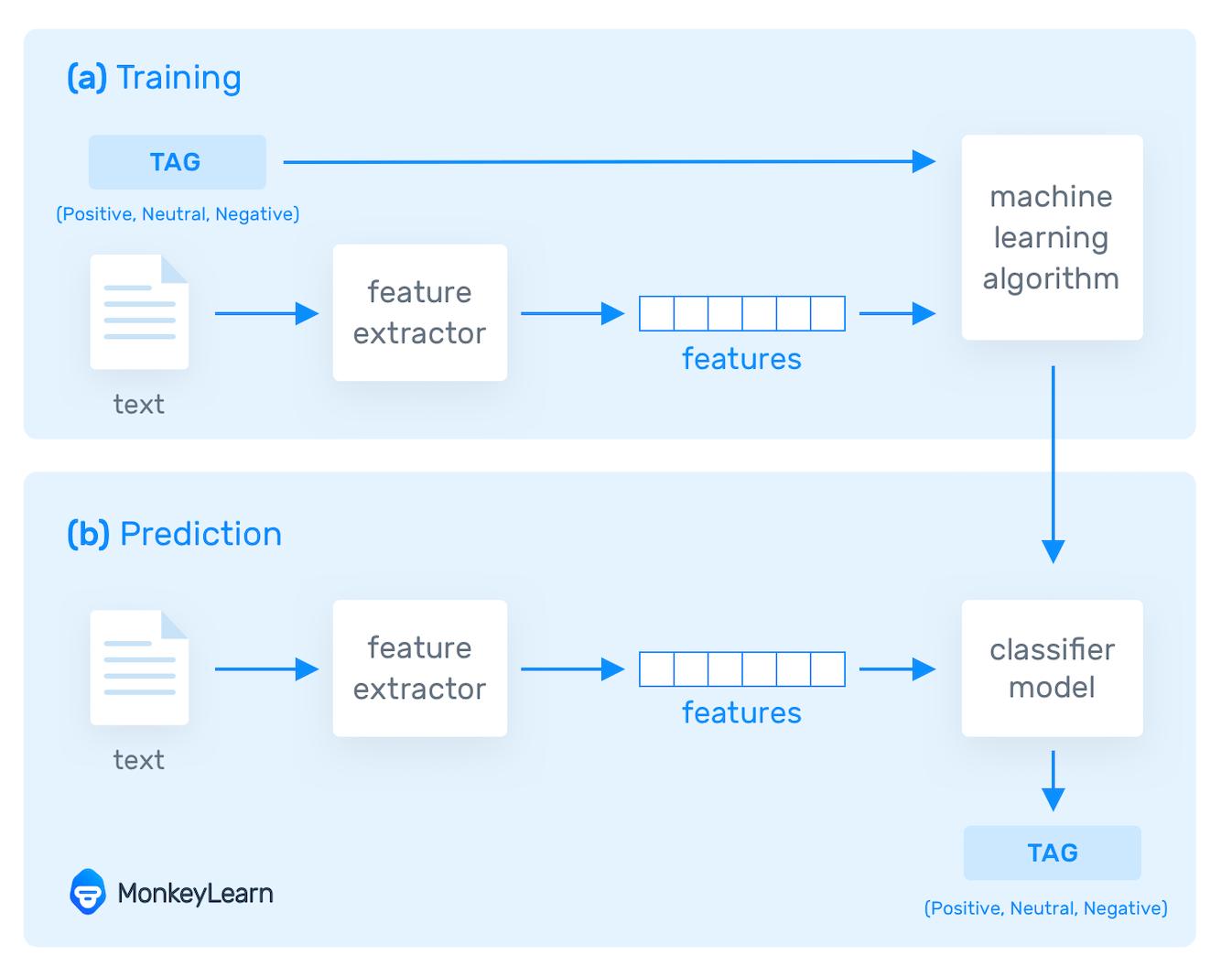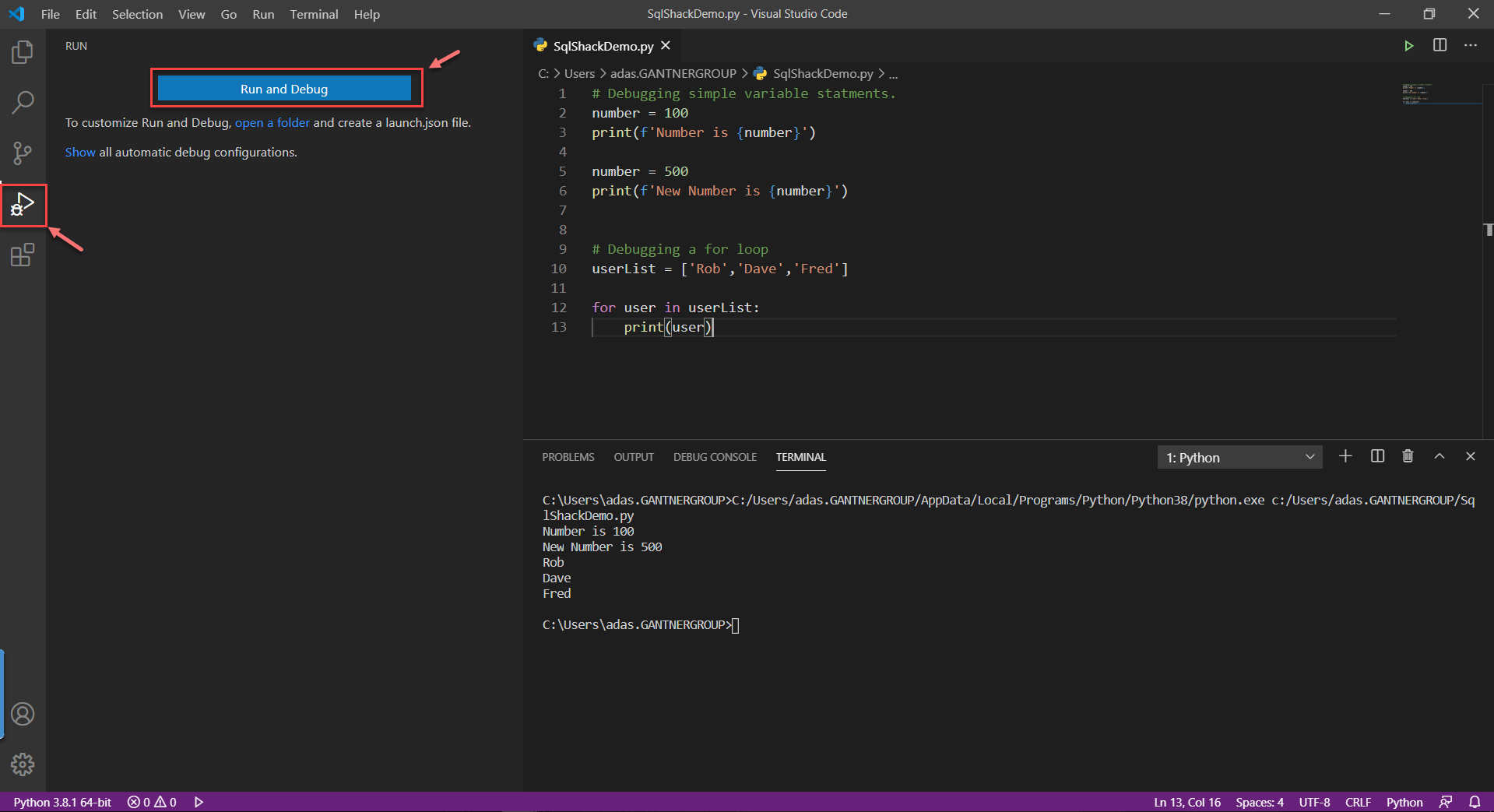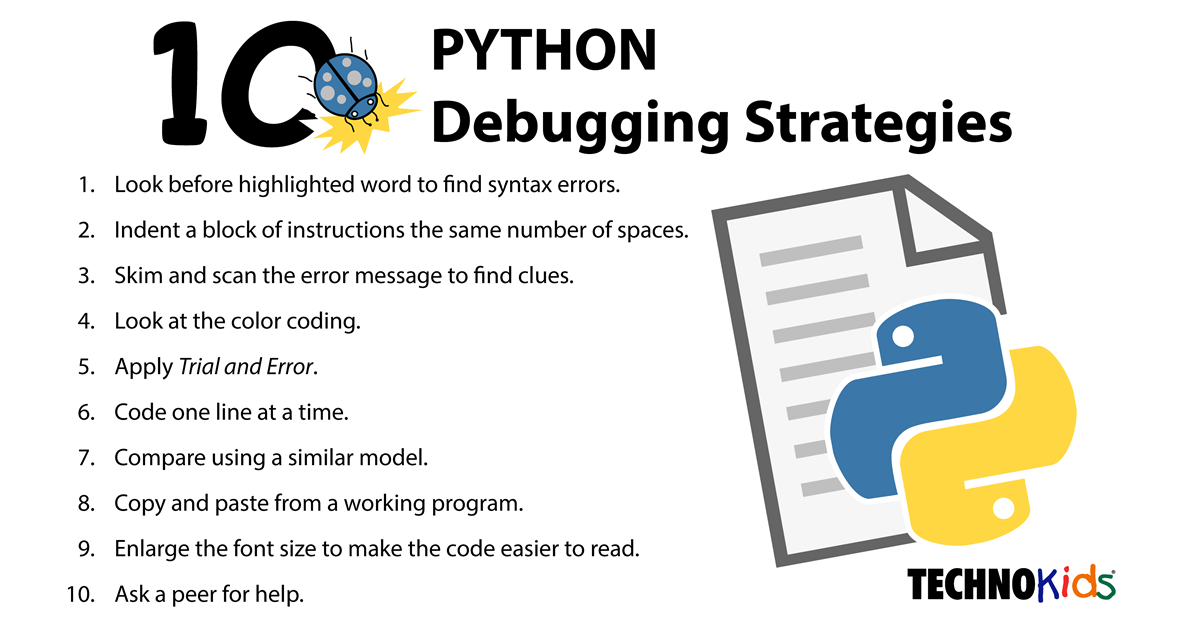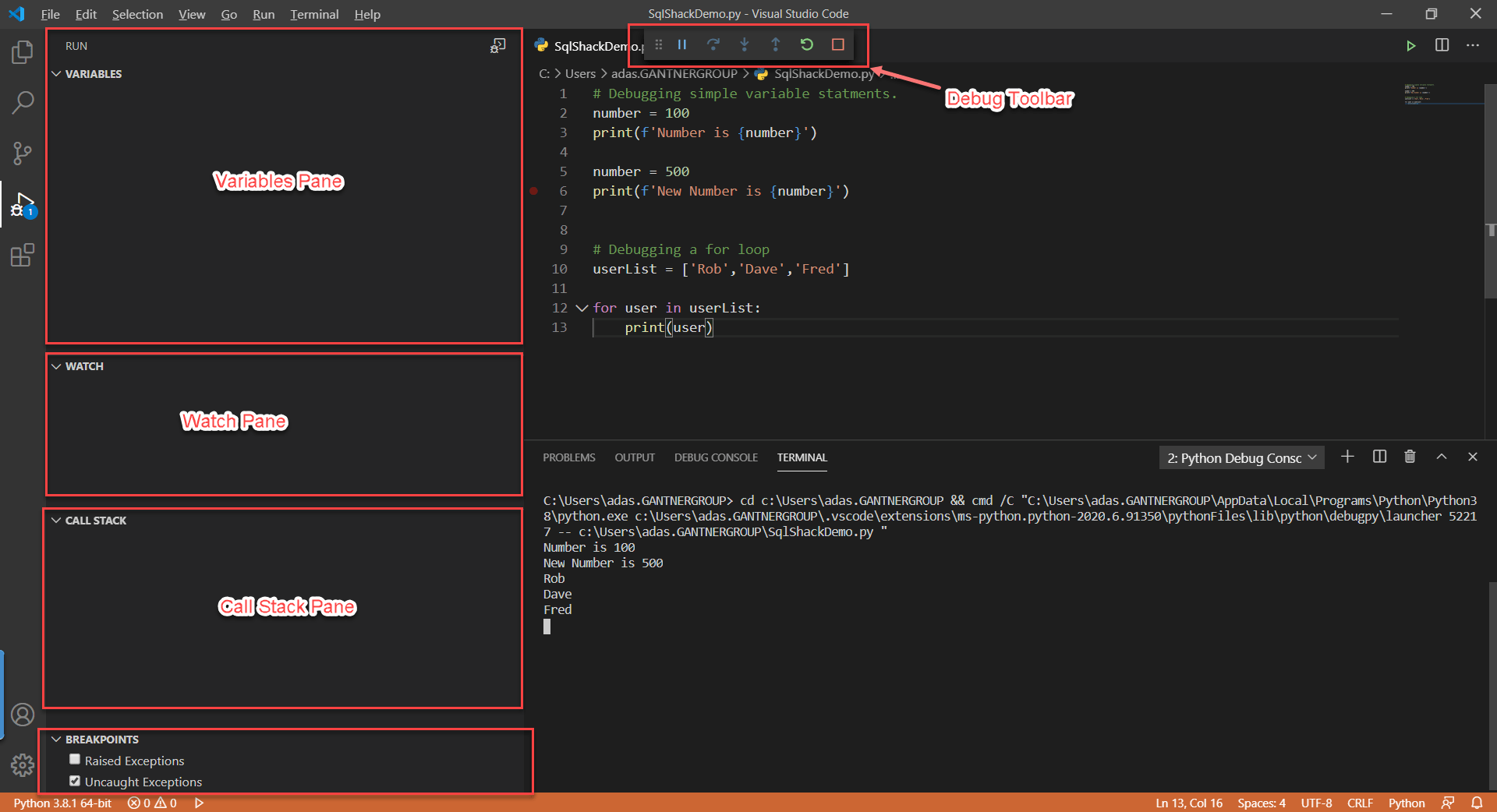
Introduction
Microservices architecture has gained immense popularity in recent years due to its ability to break large monolithic applications into smaller, independent services. This architectural style offers several benefits such as improved scalability, flexibility, and resilience. However, as the number of microservices grows, managing their scalability becomes a critical challenge. In this article, we will explore various scalability solutions for microservices architecture in 2023.
1. Load Balancing
Load balancing is a crucial aspect of scaling microservices. It involves distributing incoming network traffic evenly across multiple instances of a microservice to avoid overloading any single instance. Load balancers, such as Nginx or HAProxy, can be used to achieve this. They monitor the health of microservices and direct traffic to the most available and responsive instances.
2. Containerization
Containerization technologies, like Docker and Kubernetes, play a vital role in scaling microservices. Containers isolate individual microservices, making them easily portable and deployable across different environments. This enables horizontal scaling by replicating containers to handle increased workload, ensuring efficient resource utilization.
3. Auto Scaling
Auto scaling solutions, such as AWS Auto Scaling or Kubernetes Horizontal Pod Autoscaler, automatically adjust the number of microservice instances based on predefined metrics like CPU utilization or request rate. This ensures that the system can handle varying workloads without manual intervention and optimizes resource allocation.
4. Caching
Caching is an effective technique to improve the performance and scalability of microservices. By storing frequently accessed data in a cache, microservices can avoid repetitive computations and reduce the load on backend systems. Distributed caching systems like Redis or Memcached can be used to implement caching in a microservices architecture.
5. Asynchronous Communication
Microservices often communicate with each other to fulfill complex business processes. Asynchronous communication patterns, such as message queues or event-driven architectures, can enhance scalability by decoupling microservices and allowing them to process requests independently. This enables better handling of peak loads and improves fault tolerance.
6. Database Sharding
Database sharding is a technique to horizontally partition a database into smaller shards distributed across multiple servers. Each shard contains a subset of data, allowing for parallel processing and improved scalability. Implementing database sharding in microservices architecture can help handle massive amounts of data and distribute the load efficiently.
7. Microservices Monitoring
Monitoring microservices is crucial to identify performance bottlenecks, resource constraints, or unexpected failures. Using tools like Prometheus, Grafana, or ELK stack, you can gather metrics, visualize system health, and set up alerts. Monitoring helps in proactive scaling by identifying areas that need optimization or additional resources.
8. Statelessness
Designing microservices to be stateless can greatly enhance scalability. By separating the application state from the microservices, they become more resilient and can be easily replicated without worrying about session affinity. State can be stored in external databases or caching systems, allowing microservices to scale horizontally without limitations.
9. Serverless Architecture
Serverless computing platforms, like AWS Lambda or Azure Functions, offer an alternative approach to scaling microservices. With serverless architecture, you don’t have to worry about infrastructure provisioning or capacity planning. The platform automatically scales the microservices based on incoming requests, ensuring optimal resource allocation.
10. Continuous Deployment and Testing
Implementing continuous deployment and testing practices helps in ensuring the scalability of microservices. By automating the deployment process and running comprehensive tests, you can quickly identify any scalability issues or performance regressions. Continuous monitoring and feedback loops enable iterative improvements and scalability optimizations.
Conclusion
Scalability is a crucial aspect of microservices architecture, and implementing the right solutions can ensure the smooth operation of your system even under heavy loads. Load balancing, containerization, auto scaling, caching, asynchronous communication, database sharding, monitoring, statelessness, serverless architecture, and continuous deployment/testing are some of the key scalability solutions for microservices in 2023. By adopting these techniques, you can build scalable, resilient, and efficient microservices architectures that can handle the demands of modern applications.

Introduction
Microservices architecture has gained immense popularity in recent years due to its ability to break large monolithic applications into smaller, independent services. This architectural style offers several benefits such as improved scalability, flexibility, and resilience. However, as the number of microservices grows, managing their scalability becomes a critical challenge. In this article, we will explore various scalability solutions for microservices architecture in 2023.
1. Load Balancing
Load balancing is a crucial aspect of scaling microservices. It involves distributing incoming network traffic evenly across multiple instances of a microservice to avoid overloading any single instance. Load balancers, such as Nginx or HAProxy, can be used to achieve this. They monitor the health of microservices and direct traffic to the most available and responsive instances.
2. Containerization
Containerization technologies, like Docker and Kubernetes, play a vital role in scaling microservices. Containers isolate individual microservices, making them easily portable and deployable across different environments. This enables horizontal scaling by replicating containers to handle increased workload, ensuring efficient resource utilization.
3. Auto Scaling
Auto scaling solutions, such as AWS Auto Scaling or Kubernetes Horizontal Pod Autoscaler, automatically adjust the number of microservice instances based on predefined metrics like CPU utilization or request rate. This ensures that the system can handle varying workloads without manual intervention and optimizes resource allocation.
4. Caching
Caching is an effective technique to improve the performance and scalability of microservices. By storing frequently accessed data in a cache, microservices can avoid repetitive computations and reduce the load on backend systems. Distributed caching systems like Redis or Memcached can be used to implement caching in a microservices architecture.
5. Asynchronous Communication
Microservices often communicate with each other to fulfill complex business processes. Asynchronous communication patterns, such as message queues or event-driven architectures, can enhance scalability by decoupling microservices and allowing them to process requests independently. This enables better handling of peak loads and improves fault tolerance.
6. Database Sharding
Database sharding is a technique to horizontally partition a database into smaller shards distributed across multiple servers. Each shard contains a subset of data, allowing for parallel processing and improved scalability. Implementing database sharding in microservices architecture can help handle massive amounts of data and distribute the load efficiently.
7. Microservices Monitoring
Monitoring microservices is crucial to identify performance bottlenecks, resource constraints, or unexpected failures. Using tools like Prometheus, Grafana, or ELK stack, you can gather metrics, visualize system health, and set up alerts. Monitoring helps in proactive scaling by identifying areas that need optimization or additional resources.
8. Statelessness
Designing microservices to be stateless can greatly enhance scalability. By separating the application state from the microservices, they become more resilient and can be easily replicated without worrying about session affinity. State can be stored in external databases or caching systems, allowing microservices to scale horizontally without limitations.
9. Serverless Architecture
Serverless computing platforms, like AWS Lambda or Azure Functions, offer an alternative approach to scaling microservices. With serverless architecture, you don’t have to worry about infrastructure provisioning or capacity planning. The platform automatically scales the microservices based on incoming requests, ensuring optimal resource allocation.
10. Continuous Deployment and Testing
Implementing continuous deployment and testing practices helps in ensuring the scalability of microservices. By automating the deployment process and running comprehensive tests, you can quickly identify any scalability issues or performance regressions. Continuous monitoring and feedback loops enable iterative improvements and scalability optimizations.
Conclusion
Scalability is a crucial aspect of microservices architecture, and implementing the right solutions can ensure the smooth operation of your system even under heavy loads. Load balancing, containerization, auto scaling, caching, asynchronous communication, database sharding, monitoring, statelessness, serverless architecture, and continuous deployment/testing are some of the key scalability solutions for microservices in 2023. By adopting these techniques, you can build scalable, resilient, and efficient microservices architectures that can handle the demands of modern applications.

Introduction
Microservices architecture has gained immense popularity in recent years due to its ability to break large monolithic applications into smaller, independent services. This architectural style offers several benefits such as improved scalability, flexibility, and resilience. However, as the number of microservices grows, managing their scalability becomes a critical challenge. In this article, we will explore various scalability solutions for microservices architecture in 2023.
1. Load Balancing
Load balancing is a crucial aspect of scaling microservices. It involves distributing incoming network traffic evenly across multiple instances of a microservice to avoid overloading any single instance. Load balancers, such as Nginx or HAProxy, can be used to achieve this. They monitor the health of microservices and direct traffic to the most available and responsive instances.
2. Containerization
Containerization technologies, like Docker and Kubernetes, play a vital role in scaling microservices. Containers isolate individual microservices, making them easily portable and deployable across different environments. This enables horizontal scaling by replicating containers to handle increased workload, ensuring efficient resource utilization.
3. Auto Scaling
Auto scaling solutions, such as AWS Auto Scaling or Kubernetes Horizontal Pod Autoscaler, automatically adjust the number of microservice instances based on predefined metrics like CPU utilization or request rate. This ensures that the system can handle varying workloads without manual intervention and optimizes resource allocation.
4. Caching
Caching is an effective technique to improve the performance and scalability of microservices. By storing frequently accessed data in a cache, microservices can avoid repetitive computations and reduce the load on backend systems. Distributed caching systems like Redis or Memcached can be used to implement caching in a microservices architecture.
5. Asynchronous Communication
Microservices often communicate with each other to fulfill complex business processes. Asynchronous communication patterns, such as message queues or event-driven architectures, can enhance scalability by decoupling microservices and allowing them to process requests independently. This enables better handling of peak loads and improves fault tolerance.
6. Database Sharding
Database sharding is a technique to horizontally partition a database into smaller shards distributed across multiple servers. Each shard contains a subset of data, allowing for parallel processing and improved scalability. Implementing database sharding in microservices architecture can help handle massive amounts of data and distribute the load efficiently.
7. Microservices Monitoring
Monitoring microservices is crucial to identify performance bottlenecks, resource constraints, or unexpected failures. Using tools like Prometheus, Grafana, or ELK stack, you can gather metrics, visualize system health, and set up alerts. Monitoring helps in proactive scaling by identifying areas that need optimization or additional resources.
8. Statelessness
Designing microservices to be stateless can greatly enhance scalability. By separating the application state from the microservices, they become more resilient and can be easily replicated without worrying about session affinity. State can be stored in external databases or caching systems, allowing microservices to scale horizontally without limitations.
9. Serverless Architecture
Serverless computing platforms, like AWS Lambda or Azure Functions, offer an alternative approach to scaling microservices. With serverless architecture, you don’t have to worry about infrastructure provisioning or capacity planning. The platform automatically scales the microservices based on incoming requests, ensuring optimal resource allocation.
10. Continuous Deployment and Testing
Implementing continuous deployment and testing practices helps in ensuring the scalability of microservices. By automating the deployment process and running comprehensive tests, you can quickly identify any scalability issues or performance regressions. Continuous monitoring and feedback loops enable iterative improvements and scalability optimizations.
Conclusion
Scalability is a crucial aspect of microservices architecture, and implementing the right solutions can ensure the smooth operation of your system even under heavy loads. Load balancing, containerization, auto scaling, caching, asynchronous communication, database sharding, monitoring, statelessness, serverless architecture, and continuous deployment/testing are some of the key scalability solutions for microservices in 2023. By adopting these techniques, you can build scalable, resilient, and efficient microservices architectures that can handle the demands of modern applications.

Introduction
Microservices architecture has gained immense popularity in recent years due to its ability to break large monolithic applications into smaller, independent services. This architectural style offers several benefits such as improved scalability, flexibility, and resilience. However, as the number of microservices grows, managing their scalability becomes a critical challenge. In this article, we will explore various scalability solutions for microservices architecture in 2023.
1. Load Balancing
Load balancing is a crucial aspect of scaling microservices. It involves distributing incoming network traffic evenly across multiple instances of a microservice to avoid overloading any single instance. Load balancers, such as Nginx or HAProxy, can be used to achieve this. They monitor the health of microservices and direct traffic to the most available and responsive instances.
2. Containerization
Containerization technologies, like Docker and Kubernetes, play a vital role in scaling microservices. Containers isolate individual microservices, making them easily portable and deployable across different environments. This enables horizontal scaling by replicating containers to handle increased workload, ensuring efficient resource utilization.
3. Auto Scaling
Auto scaling solutions, such as AWS Auto Scaling or Kubernetes Horizontal Pod Autoscaler, automatically adjust the number of microservice instances based on predefined metrics like CPU utilization or request rate. This ensures that the system can handle varying workloads without manual intervention and optimizes resource allocation.
4. Caching
Caching is an effective technique to improve the performance and scalability of microservices. By storing frequently accessed data in a cache, microservices can avoid repetitive computations and reduce the load on backend systems. Distributed caching systems like Redis or Memcached can be used to implement caching in a microservices architecture.
5. Asynchronous Communication
Microservices often communicate with each other to fulfill complex business processes. Asynchronous communication patterns, such as message queues or event-driven architectures, can enhance scalability by decoupling microservices and allowing them to process requests independently. This enables better handling of peak loads and improves fault tolerance.
6. Database Sharding
Database sharding is a technique to horizontally partition a database into smaller shards distributed across multiple servers. Each shard contains a subset of data, allowing for parallel processing and improved scalability. Implementing database sharding in microservices architecture can help handle massive amounts of data and distribute the load efficiently.
7. Microservices Monitoring
Monitoring microservices is crucial to identify performance bottlenecks, resource constraints, or unexpected failures. Using tools like Prometheus, Grafana, or ELK stack, you can gather metrics, visualize system health, and set up alerts. Monitoring helps in proactive scaling by identifying areas that need optimization or additional resources.
8. Statelessness
Designing microservices to be stateless can greatly enhance scalability. By separating the application state from the microservices, they become more resilient and can be easily replicated without worrying about session affinity. State can be stored in external databases or caching systems, allowing microservices to scale horizontally without limitations.
9. Serverless Architecture
Serverless computing platforms, like AWS Lambda or Azure Functions, offer an alternative approach to scaling microservices. With serverless architecture, you don’t have to worry about infrastructure provisioning or capacity planning. The platform automatically scales the microservices based on incoming requests, ensuring optimal resource allocation.
10. Continuous Deployment and Testing
Implementing continuous deployment and testing practices helps in ensuring the scalability of microservices. By automating the deployment process and running comprehensive tests, you can quickly identify any scalability issues or performance regressions. Continuous monitoring and feedback loops enable iterative improvements and scalability optimizations.
Conclusion
Scalability is a crucial aspect of microservices architecture, and implementing the right solutions can ensure the smooth operation of your system even under heavy loads. Load balancing, containerization, auto scaling, caching, asynchronous communication, database sharding, monitoring, statelessness, serverless architecture, and continuous deployment/testing are some of the key scalability solutions for microservices in 2023. By adopting these techniques, you can build scalable, resilient, and efficient microservices architectures that can handle the demands of modern applications.

Introduction
Microservices architecture has gained immense popularity in recent years due to its ability to break large monolithic applications into smaller, independent services. This architectural style offers several benefits such as improved scalability, flexibility, and resilience. However, as the number of microservices grows, managing their scalability becomes a critical challenge. In this article, we will explore various scalability solutions for microservices architecture in 2023.
1. Load Balancing
Load balancing is a crucial aspect of scaling microservices. It involves distributing incoming network traffic evenly across multiple instances of a microservice to avoid overloading any single instance. Load balancers, such as Nginx or HAProxy, can be used to achieve this. They monitor the health of microservices and direct traffic to the most available and responsive instances.
2. Containerization
Containerization technologies, like Docker and Kubernetes, play a vital role in scaling microservices. Containers isolate individual microservices, making them easily portable and deployable across different environments. This enables horizontal scaling by replicating containers to handle increased workload, ensuring efficient resource utilization.
3. Auto Scaling
Auto scaling solutions, such as AWS Auto Scaling or Kubernetes Horizontal Pod Autoscaler, automatically adjust the number of microservice instances based on predefined metrics like CPU utilization or request rate. This ensures that the system can handle varying workloads without manual intervention and optimizes resource allocation.
4. Caching
Caching is an effective technique to improve the performance and scalability of microservices. By storing frequently accessed data in a cache, microservices can avoid repetitive computations and reduce the load on backend systems. Distributed caching systems like Redis or Memcached can be used to implement caching in a microservices architecture.
5. Asynchronous Communication
Microservices often communicate with each other to fulfill complex business processes. Asynchronous communication patterns, such as message queues or event-driven architectures, can enhance scalability by decoupling microservices and allowing them to process requests independently. This enables better handling of peak loads and improves fault tolerance.
6. Database Sharding
Database sharding is a technique to horizontally partition a database into smaller shards distributed across multiple servers. Each shard contains a subset of data, allowing for parallel processing and improved scalability. Implementing database sharding in microservices architecture can help handle massive amounts of data and distribute the load efficiently.
7. Microservices Monitoring
Monitoring microservices is crucial to identify performance bottlenecks, resource constraints, or unexpected failures. Using tools like Prometheus, Grafana, or ELK stack, you can gather metrics, visualize system health, and set up alerts. Monitoring helps in proactive scaling by identifying areas that need optimization or additional resources.
8. Statelessness
Designing microservices to be stateless can greatly enhance scalability. By separating the application state from the microservices, they become more resilient and can be easily replicated without worrying about session affinity. State can be stored in external databases or caching systems, allowing microservices to scale horizontally without limitations.
9. Serverless Architecture
Serverless computing platforms, like AWS Lambda or Azure Functions, offer an alternative approach to scaling microservices. With serverless architecture, you don’t have to worry about infrastructure provisioning or capacity planning. The platform automatically scales the microservices based on incoming requests, ensuring optimal resource allocation.
10. Continuous Deployment and Testing
Implementing continuous deployment and testing practices helps in ensuring the scalability of microservices. By automating the deployment process and running comprehensive tests, you can quickly identify any scalability issues or performance regressions. Continuous monitoring and feedback loops enable iterative improvements and scalability optimizations.
Conclusion
Scalability is a crucial aspect of microservices architecture, and implementing the right solutions can ensure the smooth operation of your system even under heavy loads. Load balancing, containerization, auto scaling, caching, asynchronous communication, database sharding, monitoring, statelessness, serverless architecture, and continuous deployment/testing are some of the key scalability solutions for microservices in 2023. By adopting these techniques, you can build scalable, resilient, and efficient microservices architectures that can handle the demands of modern applications.








